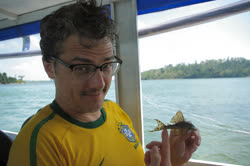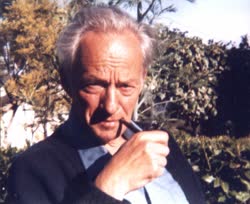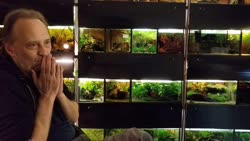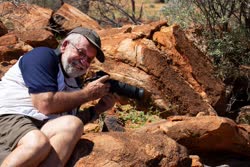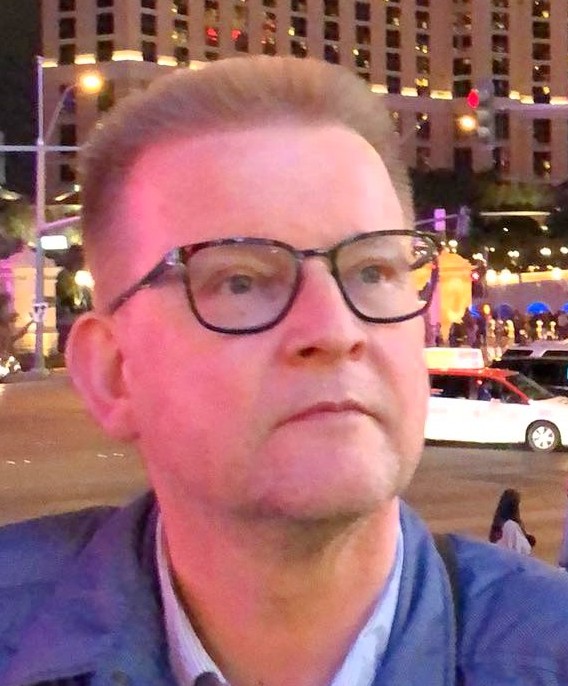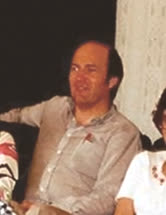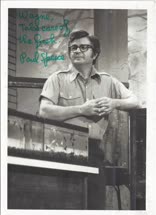|
Mark Henry Sabaj, ichthyologist. Pictured here holding Peckoltia sabaji in the Rio Xingu. |
|
Col J. Joergen Scheel Feb 9, 1916 - April 13, 1989 |
|
Gunther Schmida( - 2022) German photographer living in Australia, photographed Australian wildlife and write a couple of books about Rainbowfishes. Posthumously awarded the Medal of the Order of Australia (OAM) in the General Division in 2025. |
|
Andre Schonewille Killifish imarasario in the Dutch Killifish Club since the the 1980s, long before most poeple had found the Internet. I was in California in 1988 and got a call at my office from Geert van Huijgevoort and Andre, because apparantly I was one of the few other poeple in the then young Internet that talked about killifish, which I had been doing since 1986, running the killies@mejac mailing list.
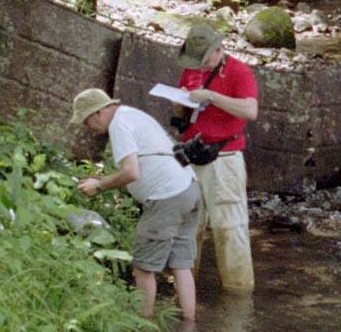 Andre and Geert Collecting in Panama in 2012 |
|
Lothar Seegers (1947 - 2018) Author of Aqualog Killifish and other works on killifish, two of which are named after him, noted collector, explorer and taxonomist who described many species within the Cyprinodontiforme fishes. The Corydoras "L-Numbers" are the numbers Lothar Seegers used to differentiate undescribed species of catfish in his books.
 Aqualog Killifish of the World |
|
Paul Speice The fish guy on TV. American aquarist of the latter half of the 20th century with two television shows about aquaria. "My Hero and my Mentor! Aquatic Mastro and Guppies to Groupers!" - Ray "Kingfish" Lucas |
|
Gunther Sterba (1922 - 2021) Author of Freshwater Fishes of the World. Photo taken 2017 in Germany.
Günther Sterba (1922-2021)
|
